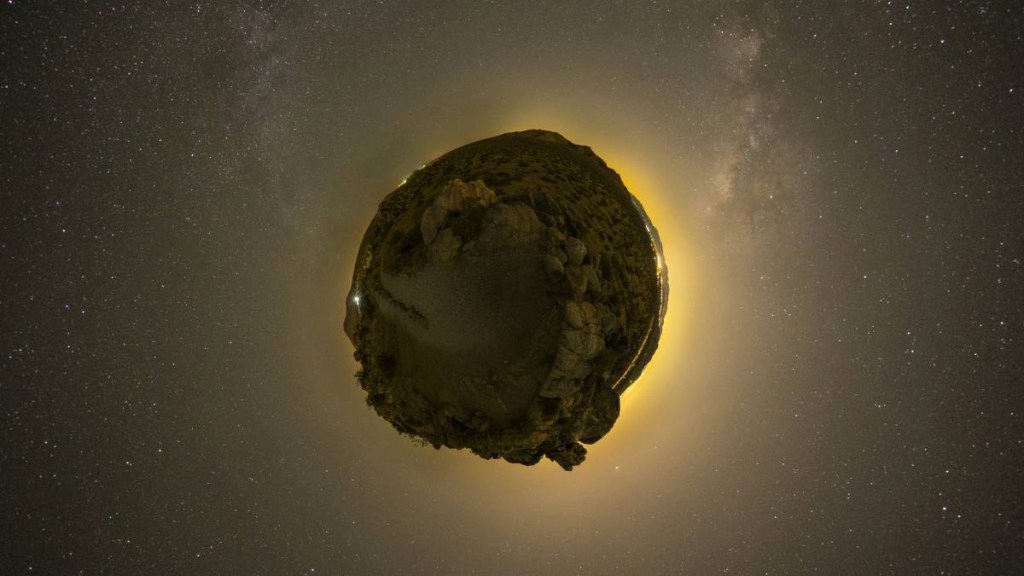Scientists finally confirmed the insight of the mysterious asteroid exploding over Germany on January 21. Reports by Space.com say it was a rare type that can help understand Earth’s origins. They found fragments of asteroid 2024 BX1 just five days later, possibly from the rare aubrite category.
According to SETI Institute meteor scientist Peter Jenniskens, only 11 aubrite meteorites fell on Earth before. These meteorites likely originated from the inner side of the asteroid belt between Mars and Jupiter. Jenniskens noted, “That’s a place where probably there is a lot of debris, a collision that created a lot of smaller pieces called an asteroid family.”
The report explained that asteroids like 2024 BX1 formed around 4.5 billion years ago, similar to the planets in our solar system, from material left over during planet formation. Aubrites, sharing characteristics with Earth, include water ratios and chemical ratios.
The detected size of BX1 was small, possibly one of the smallest space rocks ever detected before hitting Earth.
In other reports, Earth experienced a series of asteroid flybys starting January 29. One asteroid, as large as a FIFA-accredited stadium, came close on February 2, at a distance of 1.77 million miles, relatively close in cosmic terms. The largest, Asteroid 2008 OS7, was first seen by NASA in 2008.

